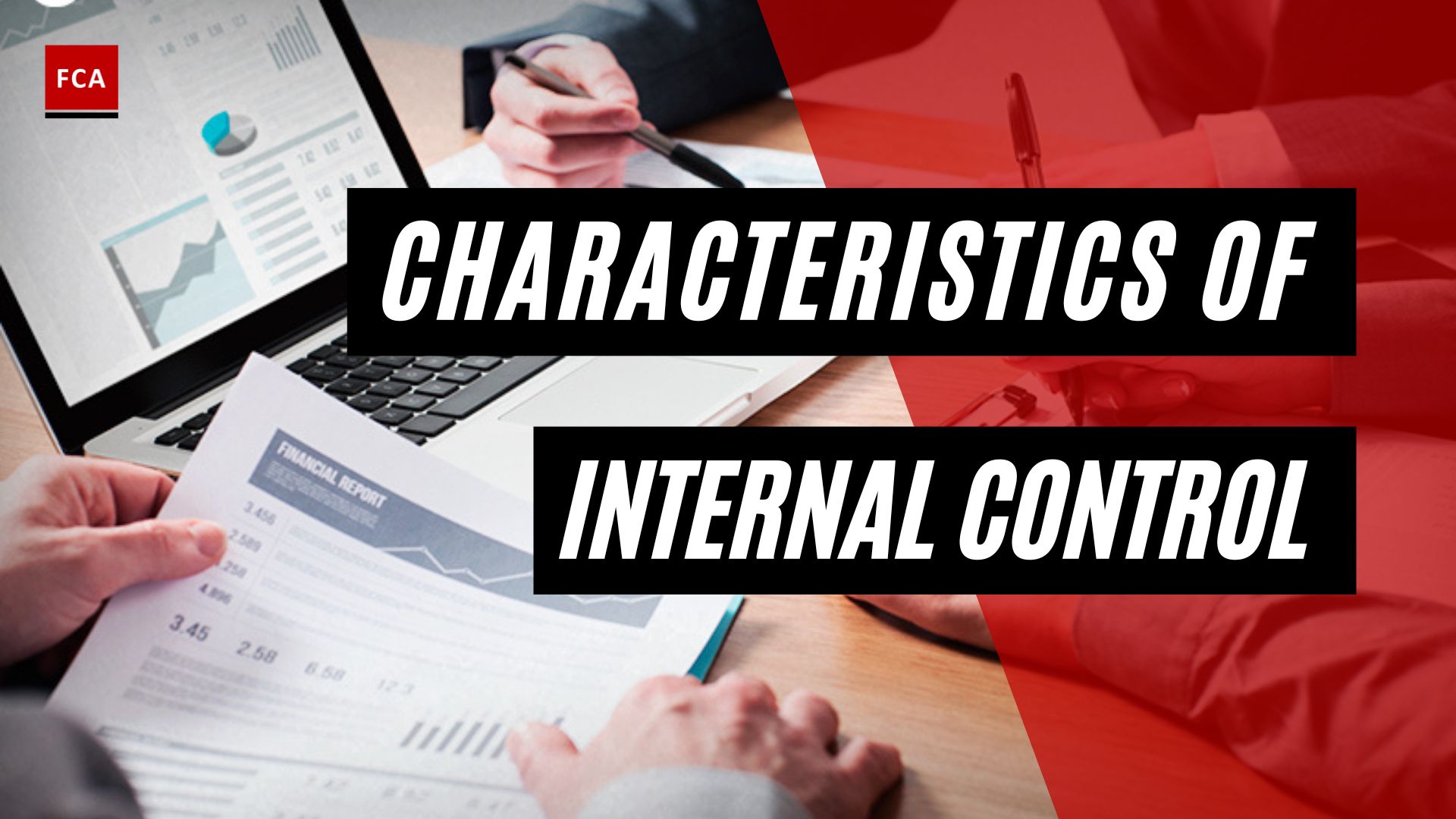Integrating anti-financial crime strategies within an organization not only fosters an efficient approach to mitigating risks related to fraud, money laundering, and other illicit activities, but also engenders systemic resilience, reinforcing the overall integrity and security of the financial landscape.
Where there is a risk of fraud, there is also the risk of money laundering, terrorist financing, bribery, and corruption. The purpose of an organization to counter financial crimes is achieved only when the organization combines the efforts of its anti-financial crime, fraud risk management, and anti-money laundering. Usually, in financial institutions, these functions work independently and collaborate on a need basis, however, the effective management of the overall financial crime risk landscape demands the proactive integration of these defense functions.
The integration of anti-financial crime, fraud risk management, and anti-money laundering brings synergies, because the approach to data extraction, and analysis changes when it comes to the prevention or management of overall financial crime risks, including existing and emerging financial crime risks.

Integrating Anti-Financial Crime Strategies: An Efficient Approach to Mitigating Fraud, Money Laundering, and Related Risks
The synergies through the integration of anti-financial crime, fraud risk management, and anti-money laundering come in different forms, such as:
- The setting of effective risk-based customer transactions scenarios,
- The setting of customer category and type-wise transaction thresholds for monitoring purposes,
- Identification of high-risk category customers, such as the politically exposed persons (PEPs), and performance of real-time enhanced due diligence measures,
- Identification of high-risk jurisdictions, through the real-time analysis of sanctions data or information, applicable to the organization,
- Setting of the right customers’ risk profiles, through the utilization of real-time and verified customer data,
- Real-time update of customer profiles, whenever changes in the customers’ earning source or business activity occur,
- The risk-based red alert mechanism, considering the risk profile of customers,
- Setting cross-border transactions analysis and review parameters, based on the local applicable regulatory requirements,
- Setting criteria to accept or reject transactions, occurring or initiated from specified jurisdictions,
- Performing effective risk-based fraud risk assessments, by analyzing real-time use of meaningful data for fraud prevention,
- Identifying unauthorized portal login attempts by the customers or other stakeholders,
- Performing an effective digital customer identity verification, authorization, and onboarding,
- Setting real-time technology-based payment reviews and settlements authorization processes,
- Identification and assessment of suspicious transactions or activities,
- Near miss fraudulent attempts,
- Transactions investigations based on the availability of real-time customer data and transactions trail,
- Timely and correct regulatory reporting,
- Prevention of interlinked financial crimes, such as bribery leading to money laundering, or bribery leading to gaining access to customer information,
- Prevention of financial crimes, such as insider trading, human trafficking, money laundering, terrorist financing, and corruption,
- Identification of countries subject to sanctions, embargoes, or similar measures issued by, for example, the Union or the United Nations,
- Identification of countries providing funding or support for terrorist activities, or that have designated terrorist organizations operating within their country, etc.

Final Thoughts
In a complex financial landscape rife with fraud, money laundering, terrorist financing, bribery, and corruption, the proactive integration of anti-financial crime, fraud risk management, and anti-money laundering functions is more than just a strategic move, it’s a necessity. By consolidating these traditionally independent roles, organizations can streamline their approach to data extraction and analysis, identify high-risk behaviors more effectively, adjust customer profiles in real-time, and implement robust risk-based alert mechanisms.
The synergistic benefits extend beyond the efficient management of individual financial crimes, enabling institutions to address an interconnected web of threats, from insider trading and human trafficking to illicit activities in sanctioned countries, thereby strengthening the overall integrity of the financial system.








